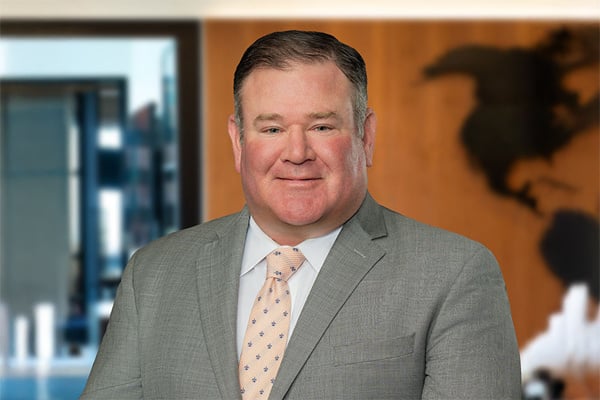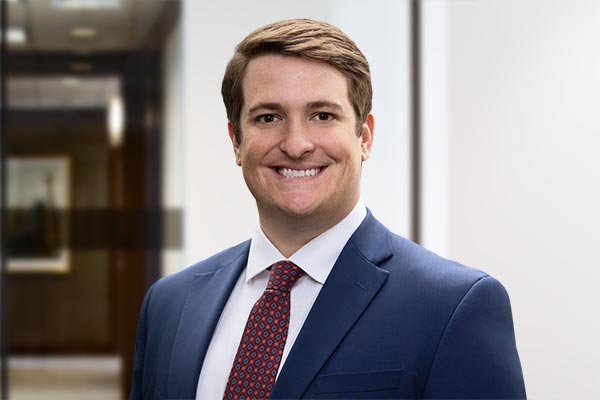Article
Disaster Assistance in the Wake of Hurricane Ida: Low-Interest SBA Loans for Businesses and Individuals
Published: Sep 17, 2021

As a result of the impacts of Hurricane Ida, federal economic assistance is available to businesses, homeowners, and renters in the parishes of Ascension, Assumption, East Baton Rouge, East Feliciana, Iberia, Iberville, Jefferson, Lafourche, Livingston, Orleans, Plaquemines, Pointe Coupee, St. Bernard, St. Charles, St. Helena, St. James, St. Martin, St. Mary, St. Tammany, St. John the Baptist, Tangipahoa, Terrebonne, Washington, West Baton Rouge and West Feliciana. Economic injury loans are also available to small businesses in the parishes of Avoyelles, Concordia, Lafayette, St. Landry and Vermillion and the Mississippi counties of Amite, Hancock, Marion, Pearl River, Pike, Walthall and Wilkinson.
The Small Business Administration offers low interest, fixed rate loans to disaster victims, enabling them to repair or replace property damaged or destroyed in declared disasters. It also offers such loans to affected small businesses to help them recover from economic injury caused by such disasters. SBA disaster loans include: (1) Business Physical Disaster Loans, (2) Home Disaster Loans, and (3) Economic Injury Disaster Loans (EIDL)—among other assistance. The deadline to apply for a physical disaster loan is October 28, 2021, and the deadline to apply for an economic injury loan is May 31, 2022.
Business Physical Disaster Loans
Almost any business, regardless of size, located in a declared disaster area is eligible to apply for a physical business loan, and a business' size (average annual receipts or number of employees) is not taken into consideration in determining eligibility. Business physical disaster loans may be used for repairs and replacements to real property, machinery, equipment, fixtures, inventory, and leasehold improvements that are not covered or fully covered by insurance. They may also be used to mitigate against future damage with improvements, such as grading or contouring of land, relocating or elevating utilities or mechanical equipment, building retaining walls, etc. Key aspects of the loan include:
- Maximum loan amount is $2 million, which may be waived if a business is a major source of employment.
- Mitigation loan amount may not exceed 20% of verified loss amount.
- Interest rates depend on whether the applicant is a for-profit or non-profit organization and whether it has Credit Available Elsewhere:
- Businesses with Credit Available Elsewhere – 2.855%
- Businesses without Credit Available Elsewhere – 5.710%
- Non-Profit Organizations regardless of Credit Available Elsewhere – 2.000
- Maximum loan term is 30 years.
- Collateral generally required for loans in excess of $25,000.
Home Disaster Loans
Homeowners and renters may apply to the SBA for loans to help recover uninsured and underinsured losses from a disaster. In particular, a homeowner may apply for a real property loan to repair or restore their primary residence to its pre-disaster condition, to protect the damaged property from similar disaster in the future, and to make upgrades and changes required by city building codes. Proceeds from such a loan may be used to cover a deductible and, like a business physical disaster loan, may be used to mitigate against future damage with improvements. Renters and homeowners may also apply for a personal property loan to repair or restore personal property items, including automobiles, furniture, or clothing, damaged or lost in a disaster. Generally, the SBA determines the loan maturity and repayment terms based on an individual’s needs and ability to pay. Details and requirements include:
- Real property loans may be up to $200,000, and personal property loans are limited to a maximum amount of $40,000.
- Mitigation loan amount may not exceed 20% of verified loss amount.
- Interest rates depend on whether the applicant has Credit Available Elsewhere:
- Individual with Credit Available Elsewhere – 3.125%
- Individual without Credit Available Elsewhere – 2.855%
- Maximum loan term is 30 years.
- Collateral generally required for loans in excess of $25,000.
- Loan proceeds may not be used to repay any debts on personal property, secured or unsecured, unless in individual incurred the debt as a direct result of the disaster.
- Homeowners and renters must register with FEMA.
Economic Injury Disaster Loans
Small businesses that do not have Credit Available Elsewhere and are unable to meet ordinary and necessary financial obligations due to the disaster are eligible for an EIDL. The definition of small business varies from industry to industry and is different than the flat definition used during the COVID-19 pandemic for the Paycheck Protection Program. Namely, a small business may be an entity with less or more than 500 employees or determined by average annual receipts. In addition, EIDL proceeds may only be used for working capital necessary to enable the business or organization to alleviate the specific economic injury caused by the disaster and to resume normal operations. Loan amounts for EIDLs are based on actual economic injury and financial needs, regardless of whether the business suffered any property damage. EIDL high notes include:
- Businesses may receive an EIDL and a business physical disaster loan.
- Maximum loan amount is $2 million, including any amount received under a physical disaster loan.
- Interest rates depend on whether the small business is a for-profit or non-profit organization:
- Businesses and Small Agricultural Cooperatives – 2.855%
- Non-Profit Organizations – 2.000%
- Maximum loan term is 30 years.
- Collateral generally required for loans in excess of $25,000.
- Loss of anticipated profits or a drop in sales not considered economic injury for an EIDL.


